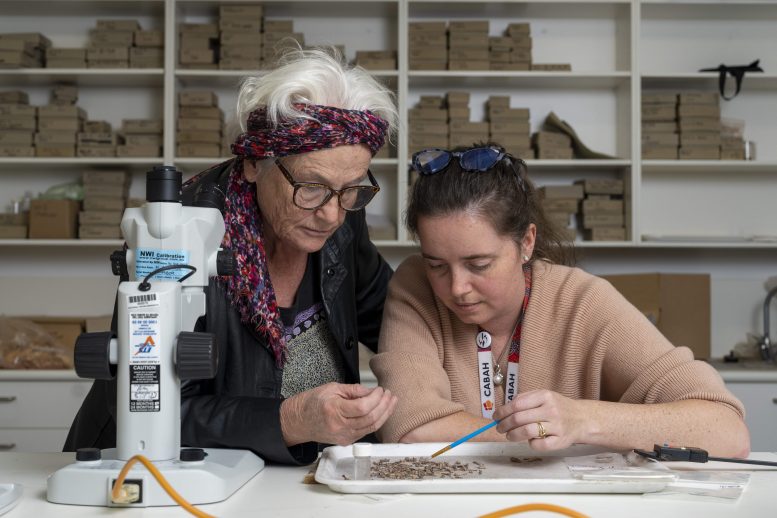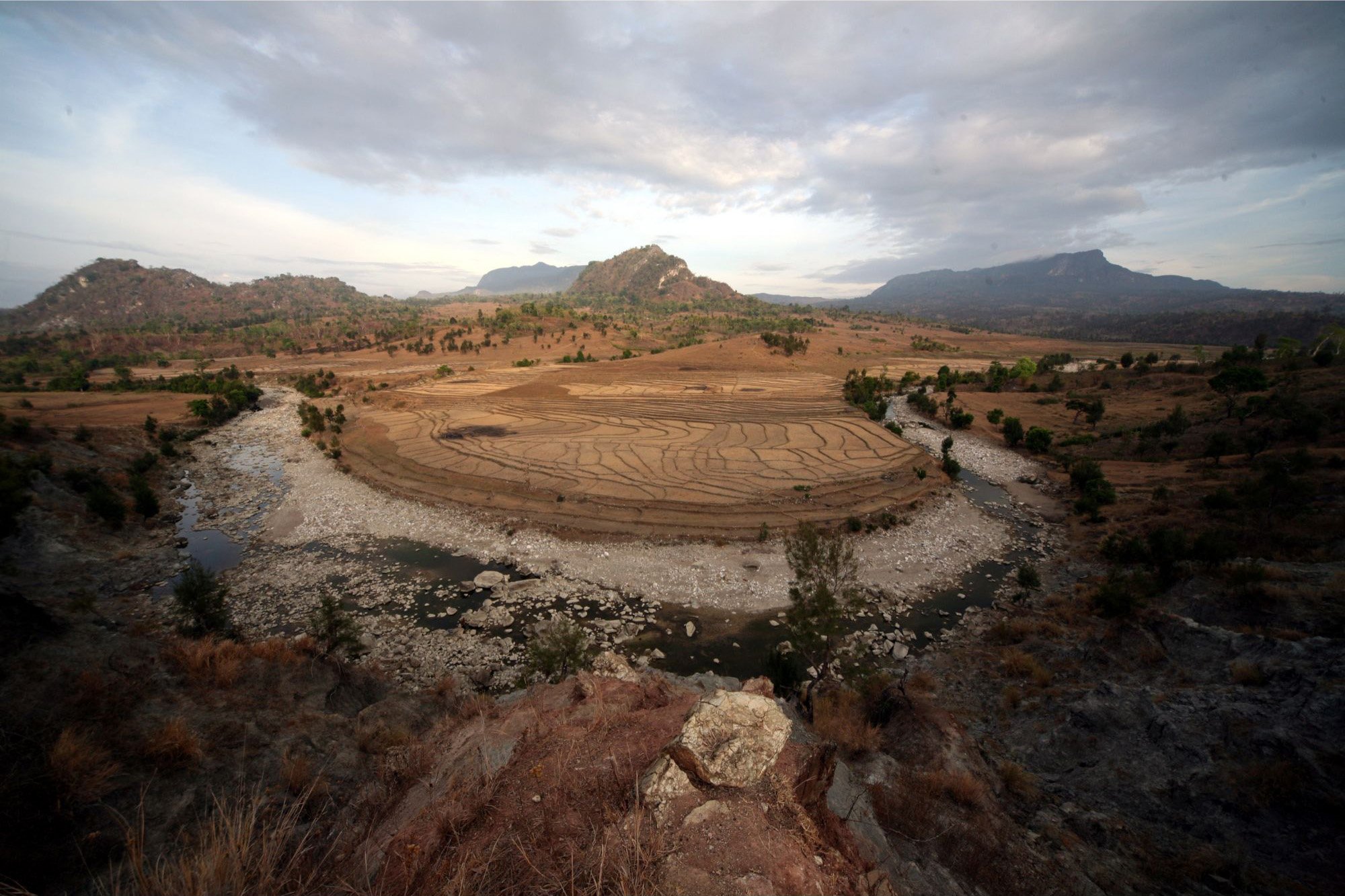Archaeologists have discovered thousands of stone artifacts and animal bones in Timor Island’s Laili rock shelter, leading to a reassessment of early human migration routes to Australia. Analysis shows humans arrived around 44,000 years ago, challenging the theory that Timor was an initial stepping stone. Instead, evidence suggests early humans used New Guinea for their migration. This major colonization effort, evidenced by numerous artifacts, highlights advanced maritime technology and ongoing migration patterns.
Archaeological discoveries on Timor Island suggest early humans used New Guinea, not Timor, as a stepping stone to Australia, challenging previous migration theories and highlighting advanced maritime skills.
Archaeologists are reevaluating the path early humans took to reach Australia following the discovery of thousands of stone artifacts and animal bones in a deep cave on Timor Island.
Researchers from The 
Professor Sue O’Connor (left) and Dr Shimona Kealy say the “major” migration to Timor Island was no accident. Credit: Jamie Kidston/ANU
Analysis of Sediments and Artifacts
The sediment from the site was analyzed at the Flinders Microarchaeology Laboratory by co-author Associate Professor Mike Morley.
“The shift from pre-occupation to intensive human activity at the site was very clear in the sediments,” Associate Professor Morley, from Flinders University, said. “As soon as people arrived on the scene, their use of the cave was very intensive, with clear evidence of burning and trampling of the shelter floor underfoot.”
The research team unearthed lots of small stone tools during the excavation, as well as charred fish bones.
“We know these people specialized in making tiny stone tools, but we’re not 100 percent sure what they were used for,” Dr Kealy said. “Because a lot of their diet was either shellfish or small animals, you don’t really need big knives to gather that sort of food. But having small, fine tools is useful for things like stripping leaves to then weave into baskets, but also for creating wooden tools.”
Based on the sheer number of artifacts unearthed at the site, the researchers say the migration to Timor Island was a “major” one. According to the researchers, these ancient humans likely made the crossing to Timor from nearby Flores Island and mainland Southeast Asia.
“The traditional view held by researchers is that early humans who were making these significant water crossings were stumbling upon these islands by mistake, largely because it was so long ago,” Dr Kealy said. “Their arrival on Timor was no accident. This was a major colonization effort, evident through the sheer number of people who were making the journey. It’s a testament to these peoples’ level of maritime technology and the boats they created, but also their confidence and competence in braving maritime crossings.”
Reference: “Abrupt onset of intensive human occupation 44,000 years ago on the threshold of Sahul” by Ceri Shipton, Mike W. Morley, Shimona Kealy, Kasih Norman, Clara Boulanger, Stuart Hawkins, Mirani Litster, Caitlin Withnell and Sue O’Connor, 22 May 2024, DOI: 10.1038/s41467-024-48395-x





















Discussion about this post